The disastrous flash floods in Uttarkhand in June 2013 turned the spotlight on a frontier region in the Western Himalayas, at least for a time. Was it a cloud burst or heavy rainfall? Could it have been predicted and prevented? Did the meteorological department mess up or was the problem the state government’s slow response? Was it a tragedy waiting to happen as mindless development came in the way of the river’s natural course or was it induced by climate change?
Seven years on, many television debates, scientific papers and a Bollywood movie later, these questions have been buried by those in power. The damaged Kedarnath temple has been rebuilt and renovated. The prime minister has announced that he will put the char dham – the four sacred pilgrimage destinations in Uttarakhand – on the global tourist map. A series of highway expansions are underway, blasting and digging through the already crumbling mountains.
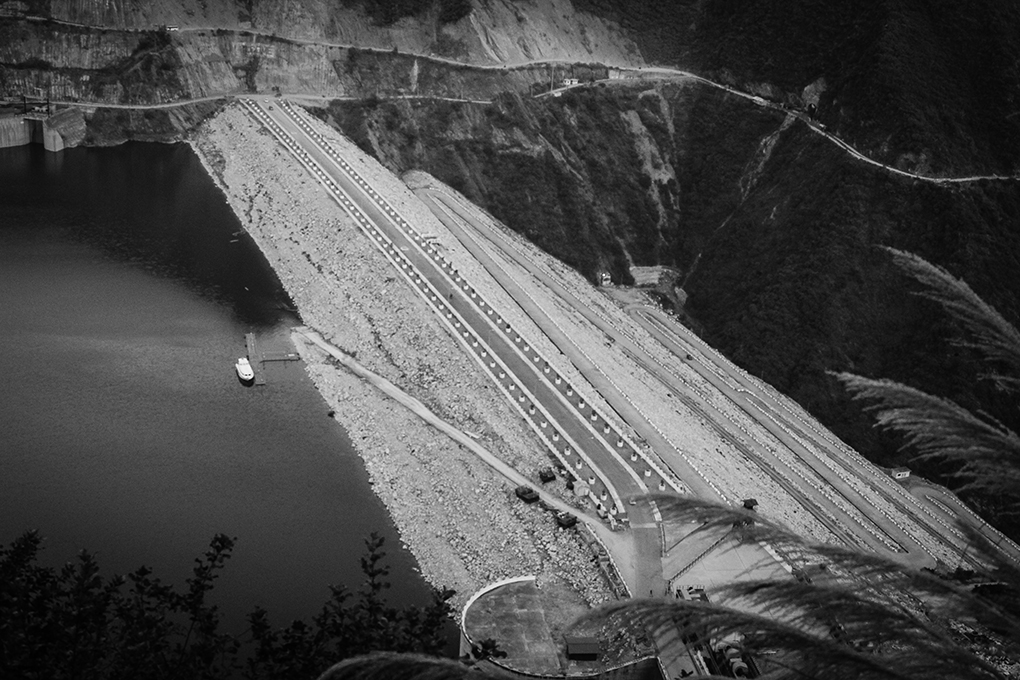
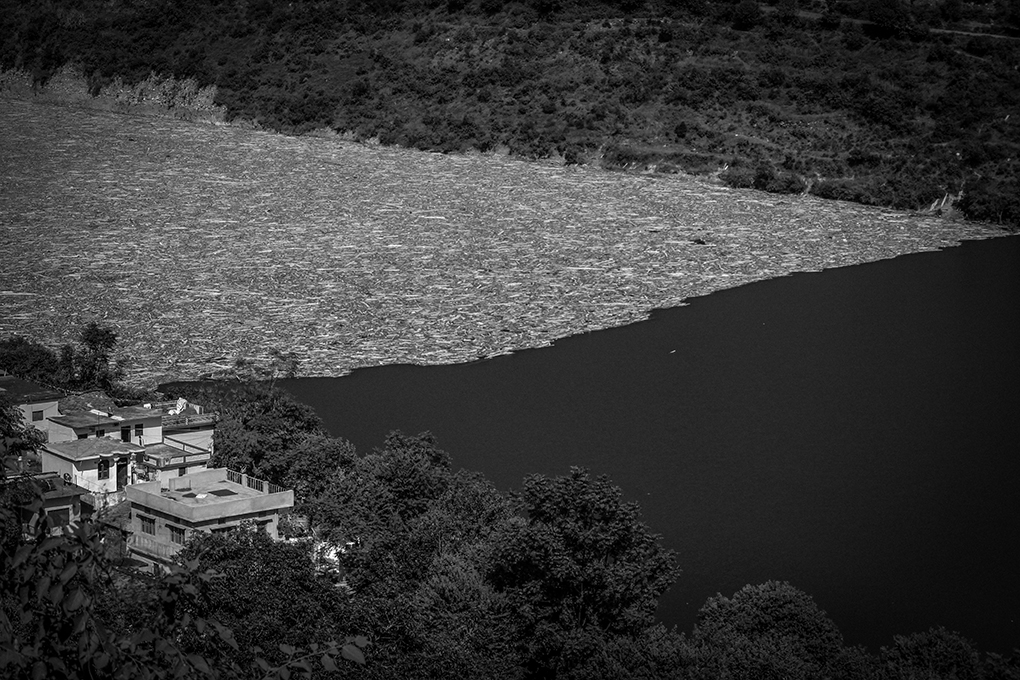
Another question policymakers have tried to bury is the role of hydropower development in the upper Ganga basin catchment – one key activity held responsible for exacerbating the impact of the disaster. The sediment carried by the Bhagirathi and Alaknanda rivers – multiplied as muck and debris from the construction of dams – added to the massive silt in the floodwaters. A research study showed that 47% of the debris that buried part of Srinagar town in Uttarakhand came from hydropower projects located upstream. Without these dams the impact of the flood would have not been so bad.
On a visit to Kinnaur in neighbouring Himachal Pradesh just days after these floods, we found scenes of devastation too. Clearly, this was not just an ‘Uttarakhand disaster’. The Satluj river valley is part of the Indus basin just west of the Ganga river basin. It is also the state’s hydropower hub with the highest installed capacity as well as identified potential for generation. Between June 15 and 17, 2013, this region also saw untimely heavy rainfall in an usually dry area. This triggered floods, landslides, erosion and damage to agriculture fields, apple orchards and cattle. Local infrastructure collapsed, disrupting daily life. But the worst affected areas were once again those with large scale construction activities, especially roads and tunnels for hydropower projects. Local people and the environment suffered losses along with project proponents as machinery such as turbines were badly damaged.
Hydropower pushed as a ‘green’ alternative
Over the last few years questions have been raised about the financial viability of hydropower projects given the significant non-performing assets and revenue losses in the sector. This is why in 2018 the Parliamentary Standing Committee on Energy brought out a report to assess how to revive the sector. Tabled in the Lok Sabha (India’s lower house of parliament) last year, this report turned a blind eye to years of documented evidence of the economic as well as socio-environmental problems surrounding these dams. Instead, the report presented Himachal Pradesh – a state with the largest installed capacity of hydropower in the country – as a hydropower model to be followed by other states.
One of the key recommendations of the committee was to consider hydropower projects with capacity of more than 25 megawatt (MW) as a renewable source of energy, a recommendation that has since been accepted by the government. Earlier, only projects up to 25 MW capacity got this status, which made them eligible for incentives and obligatory purchase agreements.
Over the last few months a hydropower revival has made headlines even as environmental activists and affected people raise objections to various clearances granted to projects in the Dibang (Etalin) and Satluj (Kashang) valleys.
While individual projects have their own unique issues, here we present a summary of what we have learned from the Himachal hydro experience based on a report we released in June.
A question of scale
Dams in the Himalayas are being built in cascades, one after another to tap maximum hydropower potential. We cannot possibly understand the ecosystem impacts of these projects if we look at each project separately. Whether it is the disappearance of rivers into tunnels or deforestation leading to soil erosion, these projects needs to be considered at the river basin level. The rivers of the Indus basin flowing through the states of Himachal and Jammu and Kashmir have a total of 115 large dams (above 25 MW) in different stages of planning, construction and commissioning. Between the three states (Uttarakhand, Himachal Pradesh, J&K) that fall in the Ganga and Indus river basins, Himachal is leading with close to 9,700 MW worth of installed capacity.
Hazardous location
Most of Himachal’s hydropower projects in operation or under construction fall in areas highly vulnerable to various hazards like landslides and floods [see map]. Most of the planned projects that are yet to come up in Himachal are in the climate vulnerable and ecologically fragile greater and trans Himalayan regions of Kinnaur and Spiti, located in the Upper Satluj valley and Lahaul in the Chandrabhaga also known as Chenab. These are also geologically unstable terrains prone to earthquakes. A study by researchers from the University of Potsdam, Germany, analysing 273 hydropower projects in the Himalayas in India, Nepal and Bhutan found that about 25% of them are likely to face severe damage from quake-triggered landslides.
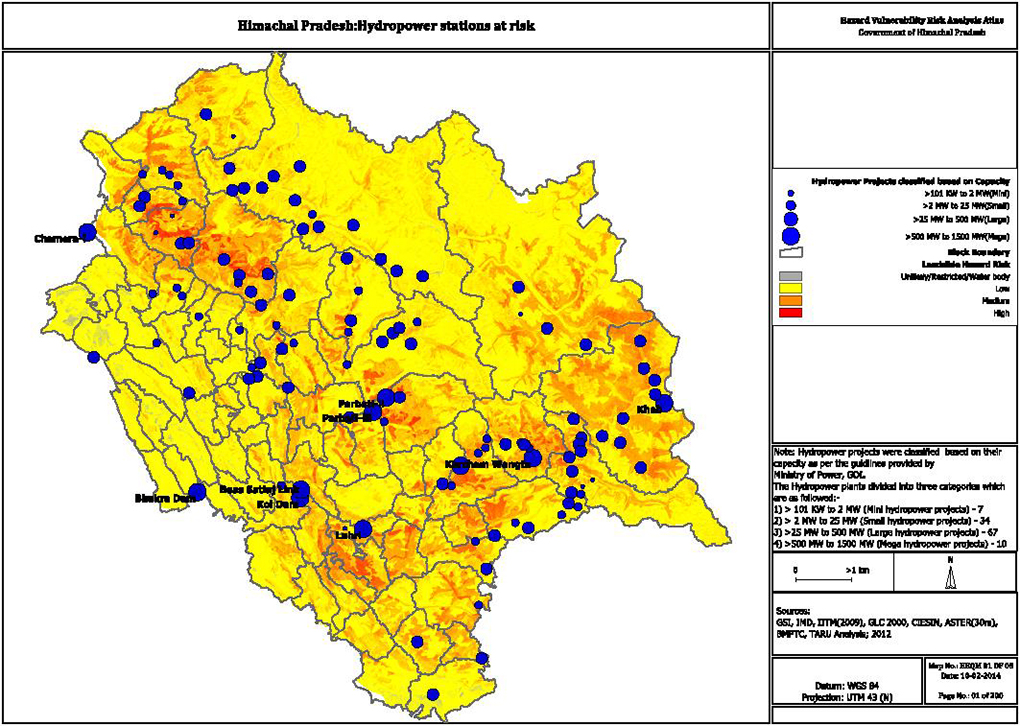
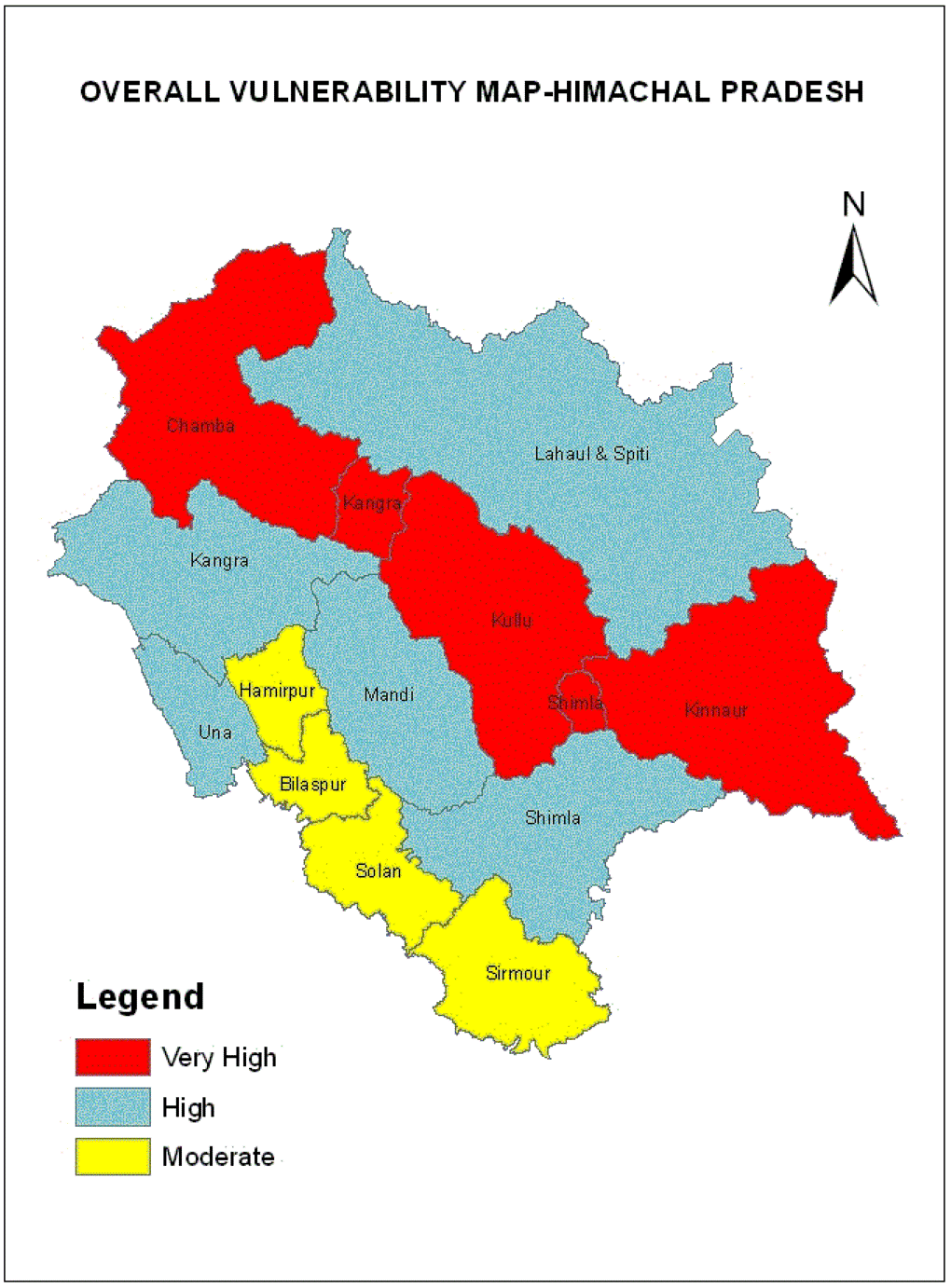
Invasive design and construction
These ‘run-of-the-river’ dam projects – often touted as ‘eco-friendly’ – involve large scale construction on both the surface as well as underground. Drilling machines or boomers are used to break into the mountain make holes of up to 2-3 metres deep. Explosives are inserted in the holes to blast and rupture the earth and excavate, referred to as mucking or removing mountain debris with loaders and dumpers. This chain of processes, equivalent to mining in an already vulnerable terrain, has escaped scrutiny at multiple levels.
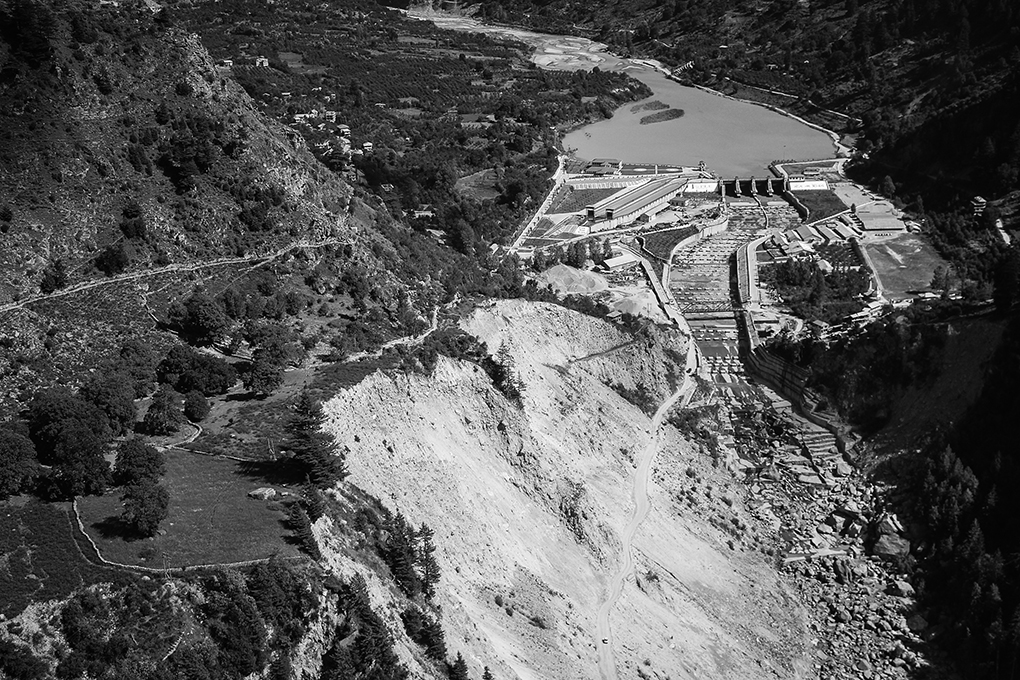
Socio-environmental costs ignored
While bumper to bumper projects divert rivers, the impacts of land use change have been glossed over. In Himachal most of the 13,000 odd hectares of official forest land diverted for development projects from 1980 to 2019 is for hydropower projects and transmission lines, according to forest department figures. Apart from loss of forests, pastures and unculturable lands on both sides of the riverbed have been used for muck dumping. Deforestation has caused soil erosion and underground construction has led to slope failures, leading to further loss of forest and agricultural lands or people’s homes. The disturbance has affected groundwater discharge and springs. While the direct ‘acquisition’ of agricultural lands is not at the same scale as in reservoir-based projects, these disruptions have had a direct impact on farm and forest-based livelihoods.

Lack of impact assessment, monitoring, review and accountability
Agencies like the Geological Survey of India have termed project related impacts ‘natural calamities’. And villages located near underground tunnels are not considered as affected by the project in the Environment Impact Assessment (EIA) process. A 2016 Comptroller and Auditor General report of the Ministry of Environment, Forests & Climate Change on river valley projects revealed 32% of the 196 projects studied had violated procedural norms for EIA studies. Issues raised during public hearings are ignored and even the Cumulative Environment Impact Studies carried out so far on the Sutlej and Beas rivers have entirely overlooked social and environmental concerns thrown up, according to media reports. Violations of the conditions of forest diversion, especially compliance to the 2006 Forests Right Act mandating consent of affected communities, are rampant. The absence of a fully functioning safety authority has meant that there is no accountability when safety norms are not followed or negligence leads to accidents – a common feature of these project sites.
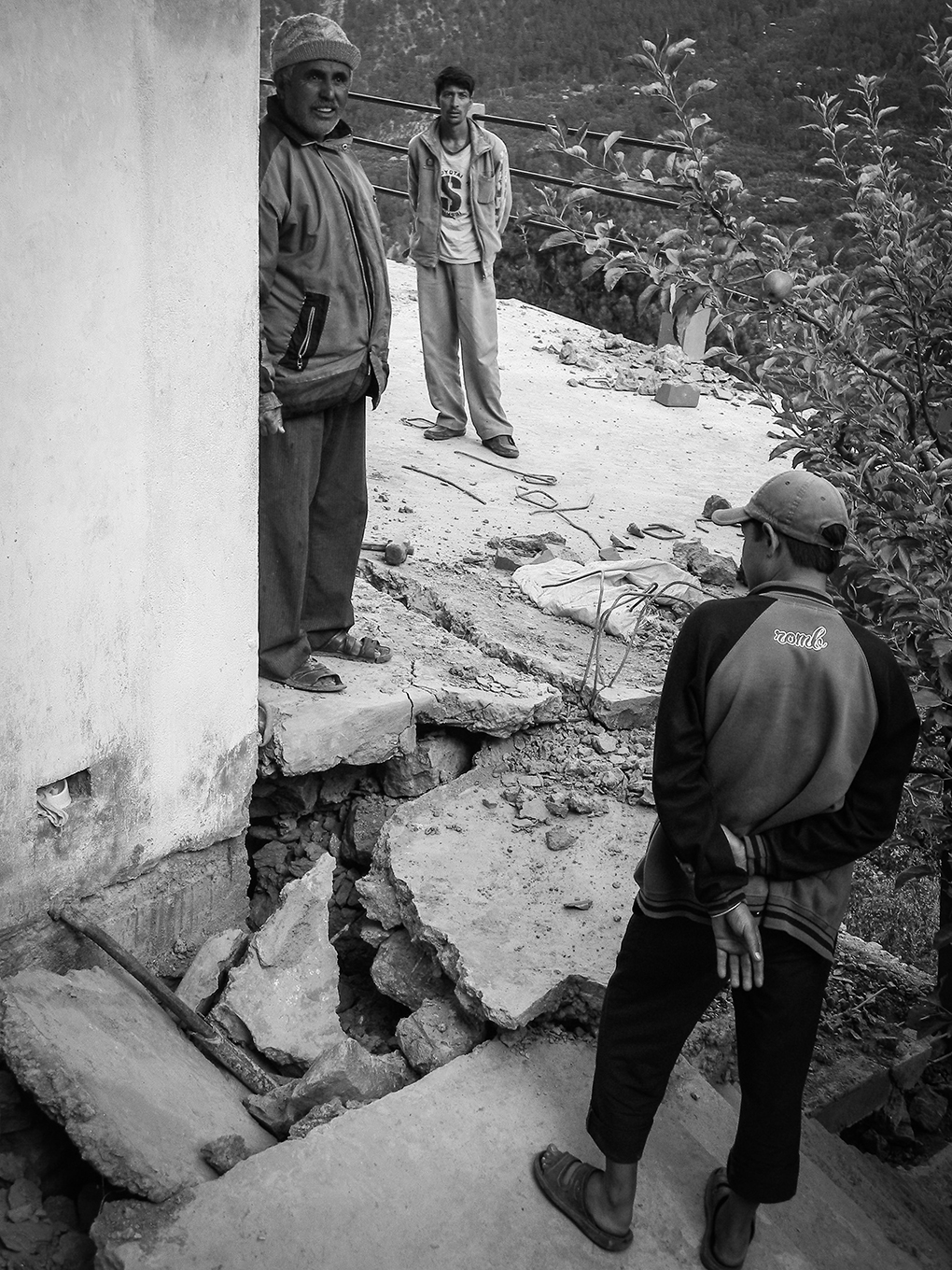
Financially unviable
The Central Electricity Authority (CEA) responsible for planning and techno-economic clearances has overlooked hazard vulnerability and safety aspects. CEA monitoring reports mention ‘geological’ challenges on site as a cause for massive project time and cost overruns but this has not led to deeper examination of the issue. Even as the installed capacity in Himachal rose from around 7,913 MW to 10,547 MW in the last ten years, the annual revenue from the sector has actually fallen from INR 11.46 billion [US$ 150 million] a decade ago to around INR 906 crores in the last financial year.
The burst of projects witnessed in India from 2000 onwards was driven by the introduction of subsidies for the private sector available through the UN Clean Development Mechanism (CDM). Investment through loans from international banks funding the ‘energy transition’ was part of this global push. In Himachal many CDM applications did not go through as they failed to establish ‘additionality’ defined as emissions reductions that are additional to what would have otherwise occurred. The World Bank has steered clear after funding one large dam. After providing a multimillion-dollar loan to four hydro power projects in the state, the Asian Development Bank has turned to ‘greener pastures’. Projects that private players were once scampering over are now being handed over to SJVN, NHPC and other public sector entities, once again transferring losses to the public exchequer.
As we write, a heavy monsoon is descending on the Himalayas. The Himachal government has issued guidelines to all districts to assure safety of residents after an Indian Meteorology Department (IMD) alert. North Sikkim has been hit by landslides as rainfall lashes down the valley. Irony died a thousand deaths as the Central Water Commission tweeted images of damage around the Teesta V hydropower project. The remains cannot easily be washed away.
The authors are with the Himdhara Environment Research and Action Collective, Himachal Pradesh
![<p>Damaged house at Bhagirathi valley near Maneri Bhali hydroelectricity project during the 2013 floods in Uttarakhand [All images by: Sumit Mahar]</p>](https://dialogue.earth/content/uploads/2020/07/Damged-house-at-Bhagirathi-valley-near-Maneri-Bhali-HEP-during-2013-floods.-PHOTO-CREDIT-Sumit-Mahar.jpg)
![[:en]Local culture and nature are deeply intertwined for a hunter and his eagle near the shore of Lake Issyk Kul. Building on cultural traditions, they are now also engaged in family-based ecotourism operations [image courtesy: Marc Foggin][:]](https://dialogue.earth/content/uploads/2020/07/eagle-and-hunter-300x199.jpeg)






